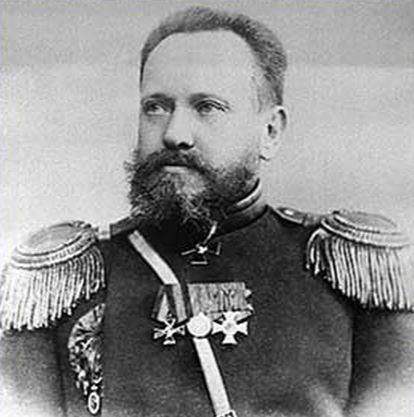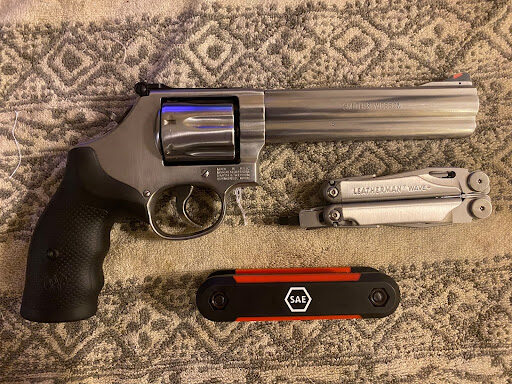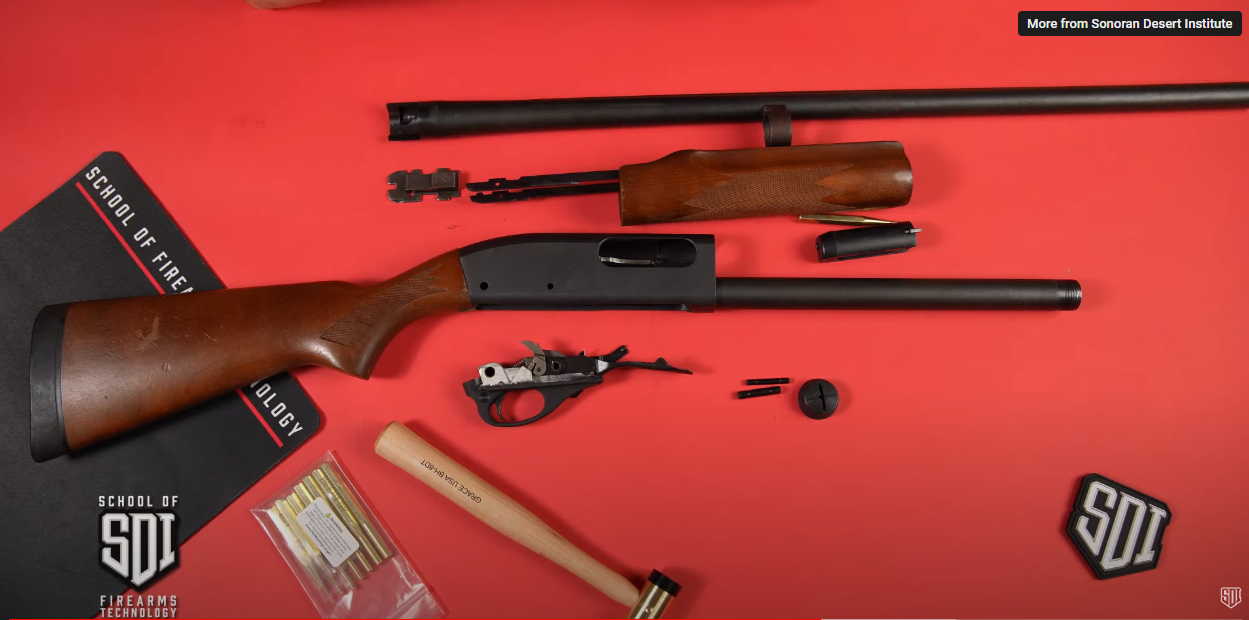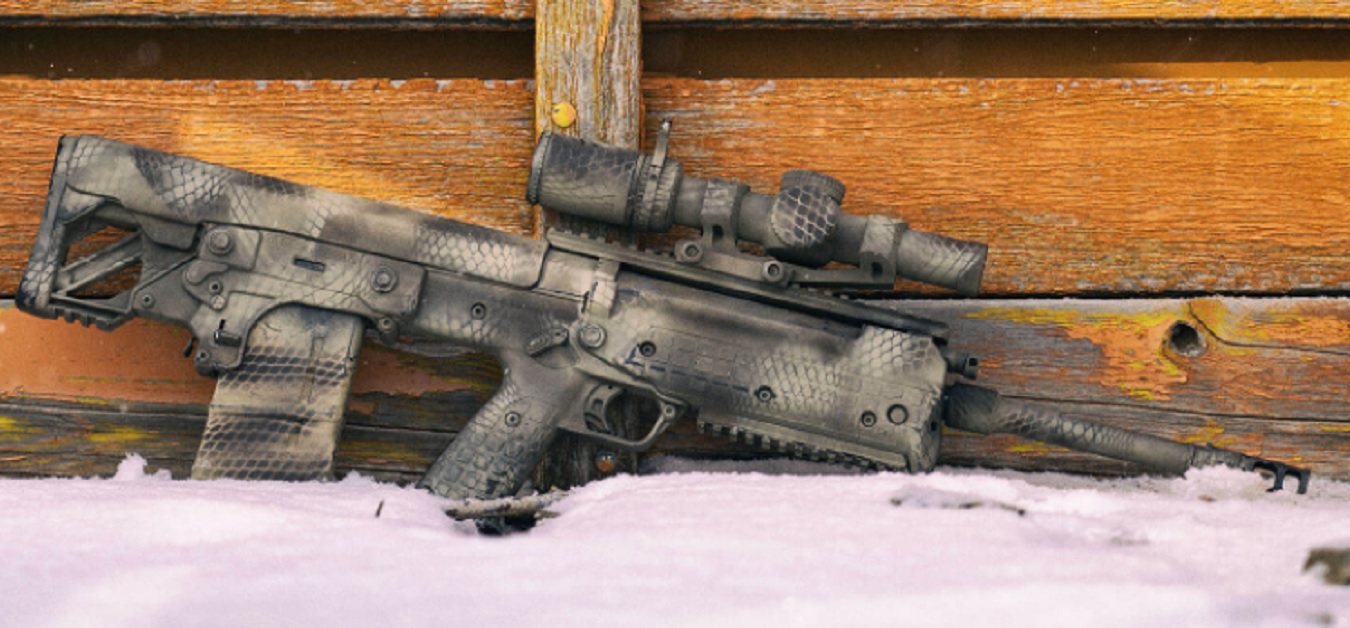
Featured Image courtesy of Wikipedia User Nemo5576
Even if you’re not a historical firearms buff, chances are you’ve heard of the infamous Mosin-Nagant.
Although its design is nearly 150 years old at this point, you can still find plenty of these robust rifles in gun safes and on store shelves around the country. With a service history that runs from before World War I all the way through Iraq, Afghanistan, and the ongoing civil conflict in Ukraine’s Donbass region.
The Mosin-Nagant: Background
Regardless of what it’s official name should be, one thing’s for certain about the Mosin: there’s a metric boattload of them in the world. In fact, the Mosin is one of the most-produced rifles in the world. Some sources estimate that Russian (and later Soviet) factories churned out 37 million Mosin-Nagant rifles between 1891 and the end of the Second World War.
The rifle can trace its origins back to the Russo-Turkish War. Russian troops, armed with single-shot Berdan rifles, were consistently out-gunned by Turkish soldiers wielding Winchester repeaters. The Russian Empire realized that they needed to upgrade their arsenal.
The Design Phase
To address their problem, the Imperial Russian Army held tests to develop their new service rifle. Three designers – Russian Army Captains Sergei Ivanovich Mosin, Belgian Leon Nagant, and another Russian, Captain Zinoviev, whose first name is lost to history.
At the conclusion of the tests, the Russian Army had recognized certain advantageous design aspects in both Mosin and Nagant’s rifles. But, they concluded that neither firearm could ultimately make the cut as a service rifle.
So, they decided to have another round of testing. This time, Nagant’s rifle proved superior, since Mosin’s made a habit of double-feeding. A bit of a spat flared up between the two inventors, since part of Nagant’s design used parts that Mosin invented. However, Nagant had patented the technology internationally, so he ended up winning the rifle trials on a legal technicality.
While the Russian Army chose Nagant’s rifle, they didn’t attach his name to it. In Russia, the rifle was simply known as the “3-line Rifle M1891,” or “Mosin’s Rifle.” Westerners only know it as the Mosin-Nagant because that’s what Nagant himself called it to bolster his reputation in Belgium.

Usage History
The Russian Empire didn’t waste any time fielding the Mosin. After its introduction in 1891, the rifle’s trial by fire came in the Russo-Japanese War of 1904. The Army continued to refine the Mosin until 1910, and it served primarily as the Empire’s infantry and dragoon rifle until the cessation of hostilities.
But where the Mosin really made a name for itself was on the Eastern Front of World War II. There, it helped the Red Army stem the tide of Nazi expansion, culminating at the infamous Battle of Stalingrad. There, legendary snipers like Vasily Zaitsev made the Mosin immortal.
Mosin-Nagant: Specs
The Mosin-Nagant was designed around the (at the time) new 7.62x54mmR cartridge. Russian munitions factories still produce this venerable round today, and the Russian military continues to use it for its Dragunov and SV-98 rifles.
Clocking in at around 9 pounds, the Mosin’s weight is comparable to the AK-47, and slightly heavier than the ubiquitous AR-15. As a bolt-action gun, its barrel is free-floating. That means recoil won’t affect where the barrel is pointing for follow-up shots.
With an effective range of 800 or so yards with optics, the Mosin really lets you reach out and touch your target. That’s one of the reasons it always proved so effective as a sniper weapon. It features a five-round internal magazine, which the operator can reload either individually or with stripper clips.
Ultimately, while it may be a bit dated, the Mosin-Nagant is still a viable battle implement. And since it’s generally pretty available, you can usually find them for a fairly low price in comparison to other collector’s pieces.



